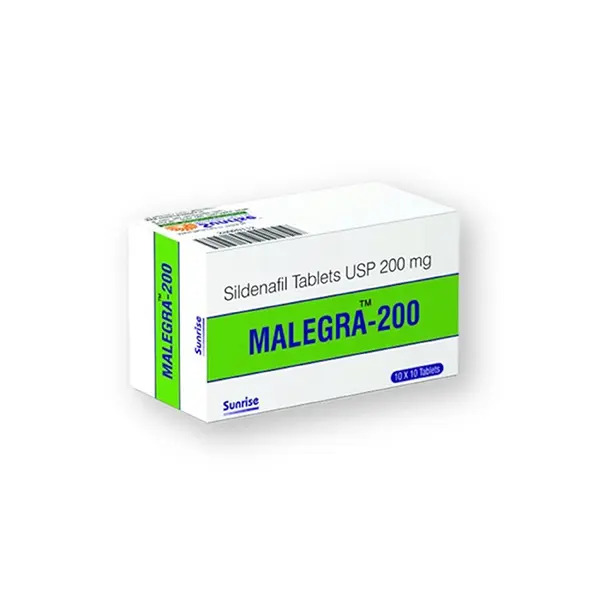
Why the Brazed Plate Heat Exchanger Is the Future of Compact Thermal Transfer Solutions
- Courtney and Nye
- Business
- 2025-07-09 16:12:31
- 399K
The brazed plate heat exchanger is rapidly gaining a reputation for its excessive efficiency, compact size, and suitability for a huge range of business and commercial packages. Designed to switch warmth between fluids without mixing them, this kind of warmth exchanger consists of multiple thin steel plates that are brazed together, forming a network of channels for fluid glide. Unlike traditional shell-and-tube structures, a brazed plate heat exchanger gives a far smaller footprint and is good for settings where area and power performance are important. Companies that include Courtney & Nye Inc often integrate those structures into HVAC devices, refrigeration vegetation, and renewable electricity system because of their overall performance and simplicity of setup.

Working Principle of a Brazed Plate Heat Exchanger
Plate Configuration and Flow Design
The brazed plate warmness exchanger operates using a counterflow or crossflow association of plates that manual two separate fluids alongside alternating paths. As the fluids pass thru the slim gaps between the plates, warmness transfers from the warmer fluid to the cooler one thru the metallic surface. This design maximizes floor touch among fluids and enhances warmness change performance. The skinny stainless-steel plates, typically brazed collectively the usage of copper or nickel, ensure a robust and leak-proof seal beneath excessive pressures and temperatures.
Enhanced Thermal Performance
Because of the turbulent float created by the slender channels, brazed plate warmness exchangers achieve better heat switch coefficients than many different kinds. The turbulence also reduces fouling through minimizing sediment buildup on plate surfaces. This results in higher lengthy-term overall performance and lower upkeep wishes. In energy systems where efficiency is prime, this thermal benefit can result in considerable operational financial savings.
Applications of Brazed Plate Heat Exchangers
HVAC and Refrigeration Systems
Brazed plate heat exchangers are extensively utilized in air con and refrigeration structures due to their compact length and rapid warmness switch capabilities. They function successfully in applications like evaporators and condensers wherein constant thermal overall performance is needed. Their capability to operate with a extensive variety of refrigerants makes them suitable for conventional and green HVAC structures alike.
Renewable Energy and Solar Heating
In sun water heating and geothermal systems, green heat trade is vital to maximize electricity seize. The brazed plate warmth exchanger is favored in these applications for its compactness and resistance to scaling and corrosion. Its potential to address fluctuating thermal hundreds makes it best for systems that enjoy variable enter from natural resources.
Industrial and Process Engineering
Industries that rely on closed-loop cooling systems, such as chemical processing or food manufacturing, gain substantially from brazed plate heat exchangers. Their fast reaction to temperature changes and minimum area requirements lead them to a logical desire for integrating into existing manner infrastructure. The durability of the brazed construction guarantees long-lasting operation even underneath non-stop excessive-demand conditions.
Advantages of Brazed Plate Heat Exchangers
Space-Saving Design
The compact production of brazed plate warmth exchangers lets in them to be set up in tight spaces, often vertically or horizontally depending on device layout. This makes them particularly beneficial in city buildings or retrofitted structures in which conventional equipment can not in shape. Even in large commercial setups, their decreased footprint contributes to greater efficient layout making plans.
High Efficiency and Low Energy Loss
Because of the close contact among fluid channels and the decreased thermal resistance of the plate material, brazed plate warmth exchangers deliver rapid heat change with minimum strength loss. This allows technique temperatures to be controlled greater precisely, contributing to power conservation and constant device output. Their efficient overall performance facilitates reduce the general power consumption of the gadget they serve.
Durability Under Extreme Conditions
Brazed plate heat exchangers are engineered to operate beneath high pressures and temperatures without risk of deformation or leakage. The brazing technique creates a solid metal structure that resists fatigue and corrosion, making these exchangers suitable for tough conditions. Whether in corrosive chemical methods or fluctuating temperature systems, they offer dependable provider.
Key Considerations When Selecting a Brazed Plate Heat Exchanger
Material Compatibility
Different applications may also require precise metals or brazing materials to keep away from corrosion or thermal incompatibility. Stainless steel is usually used for the plates, at the same time as copper or nickel is used for brazing, relying at the fluid kind. Understanding the fluid traits, which include pH and temperature range, is essential in selecting the proper cloth configuration.
Flow Rate and Pressure Drop
Proper sizing of the heat exchanger is vital to maintain desired go with the flow fees and limit stress drops across the unit. Oversized units can also cause inefficiencies, even as undersized systems can motive high pressure drops and negative warmness switch. A properly-matched brazed plate heat exchanger will balance performance and energy performance.
Cleaning and Maintenance Requirements
While brazed plate heat exchangers are designed to minimize fouling, periodic cleaning remains important in sure packages, in particular where difficult water or particulate remember is concerned. Designs with removable cowl plates are not usual in brazed models, so cleaning typically includes backflushing or chemical remedies. Maintenance schedules have to be installed based totally on utilization conditions to keep away from overall performance degradation.
Future Developments in Brazed Plate Technology
Integration with Smart Monitoring
Modern brazed plate warmth exchangers are increasingly more being developed with sensors and clever diagnostics that display waft, temperature, and pressure. These actual-time feedback structures allow for predictive preservation and more specific control over warmness switch overall performance. Smart integration reduces downtime and improves machine responsiveness.
Expansion into New Markets
As industries appearance to decrease their carbon footprint, brazed plate warmth exchangers are finding new applications in strength healing, district heating, and hydrogen processing systems. Their flexibility and efficiency lead them to a middle element in lots of next-technology thermal systems. Their position will in all likelihood amplify as demand for compact, excessive-efficiency gadget will increase.
Troubleshooting Common Issues
Reduced Heat Transfer Efficiency
Over time, scaling or fouling may additionally lessen the performance of the brazed plate heat exchanger. This generally manifests as slower heating or cooling in the device. Regular flushing with appropriate cleansing agents can repair performance. Monitoring inlet and outlet temperatures helps discover performance decline early.
Leakage or Pressure Loss
Although uncommon, inner leakage can occur if the brazing is compromised. Symptoms encompass stress loss or move-infection among fluids. If detected, the unit have to be remoted and changed immediately to prevent harm to related structures. Pressure checking out is a dependable method for figuring out compromised exchangers.
Unusual Vibrations or Noise
Unexpected noise can also imply uneven waft distribution or the presence of trapped air. Bleeding the device to take away air pockets and verifying glide rates typically resolves these problems. Installing vibration dampers also can assist in systems liable to frequent load changes.
Conclusion
The brazed plate heat exchanger represents a transformative development in warmth switch era. Its combination of compact length, power performance, and long-time period reliability makes it a really perfect solution for a wide range of commercial, business, and renewable strength applications. As thermal systems evolve to satisfy contemporary performance and environmental demands, the brazed plate heat exchanger maintains to show its fee. With professional design and right software, it serves as a cornerstone of sustainable energy management. Providers together with Courtney & Nye Inc play a essential function in ensuring that such structures are efficaciously detailed and incorporated for optimum operational performance.
Frequently Asked Questions
What fluids may be used with brazed plate heat exchangers?
Brazed plate warmth exchangers can manage a huge range of fluids, such as water, oil, glycol solutions, and refrigerants. Material choice should be primarily based on fluid compatibility.
How long does a brazed plate heat exchanger closing?
With the right preservation and appropriate working situations, brazed plate warmth exchangers can last 10 to twenty years or more. Regular cleansing enhances their carrier existence.
Are brazed plate warmth exchangers appropriate for corrosive environments?
Yes, when synthetic with appropriate materials inclusive of stainless steel and nickel brazing, they perform properly in mildly to fairly corrosive environments.
Can a brazed plate warmth exchanger be repaired?
Due to their sealed construction, maximum brazed plate warmth exchangers are not repairable. If leakage occurs, the unit is typically replaced as opposed to repaired.
How do I smooth a brazed plate heat exchanger?
Cleaning entails flushing the unit with chemical cleansing retailers or easy water beneath pressure. Regular cleansing schedules help hold top-rated overall performance and prevent fouling.
Leave a Reply
Please login to post a comment.












0 Comments